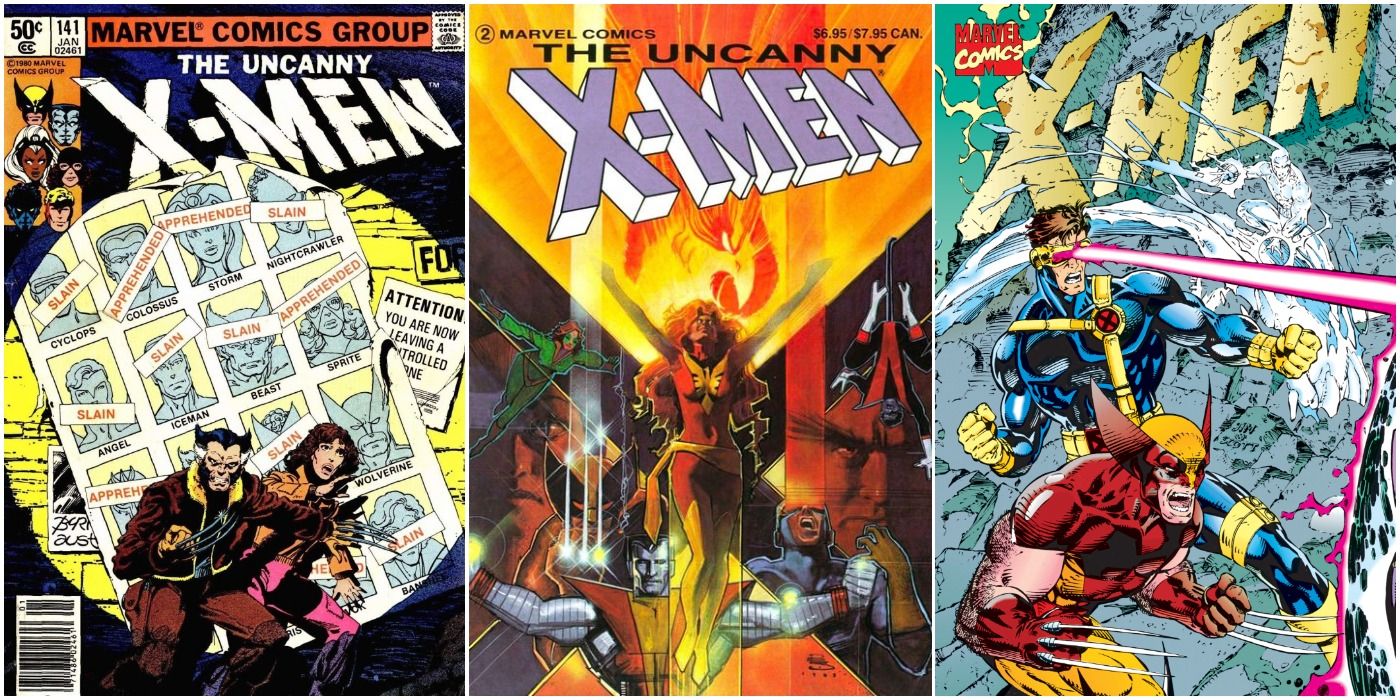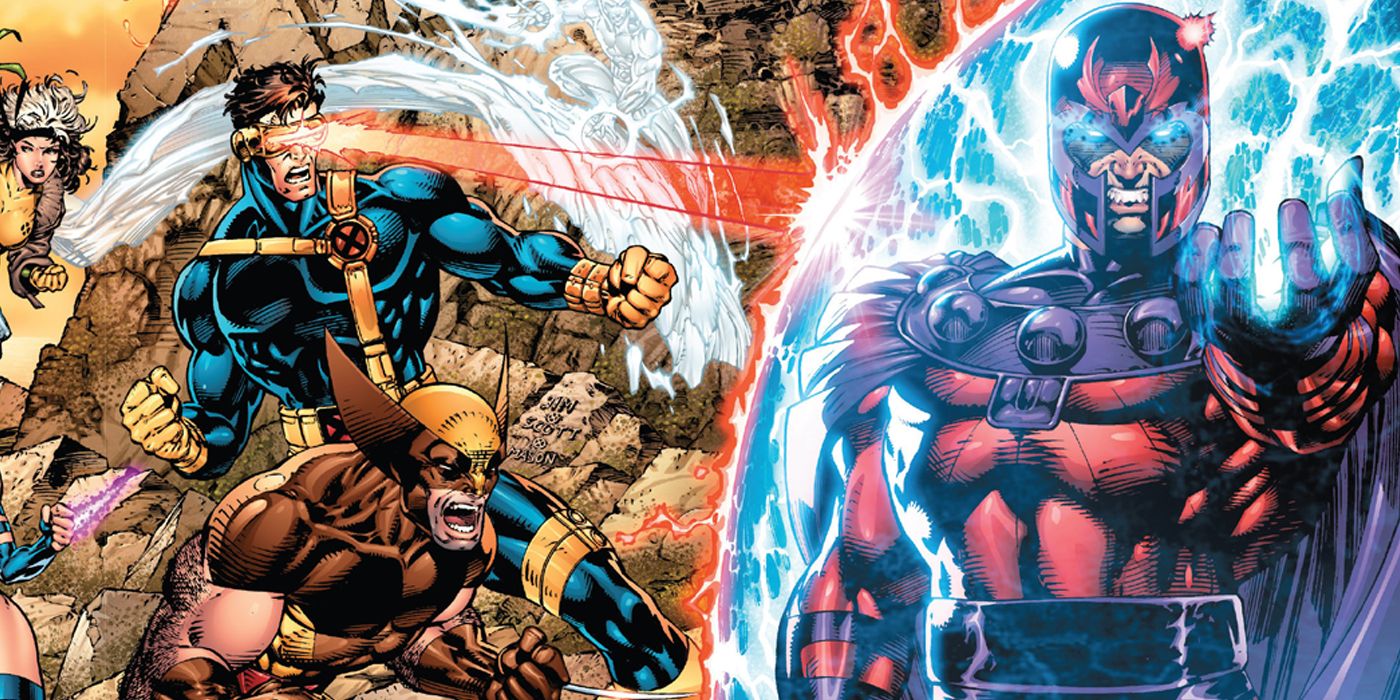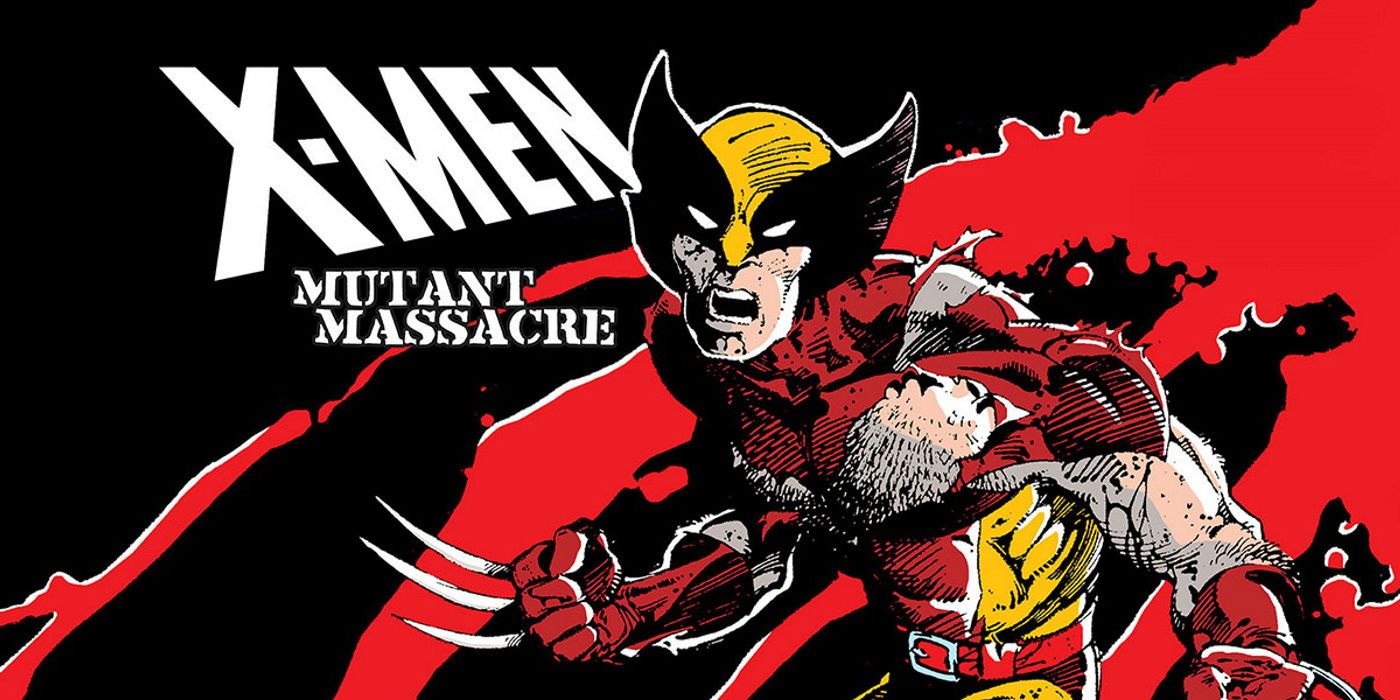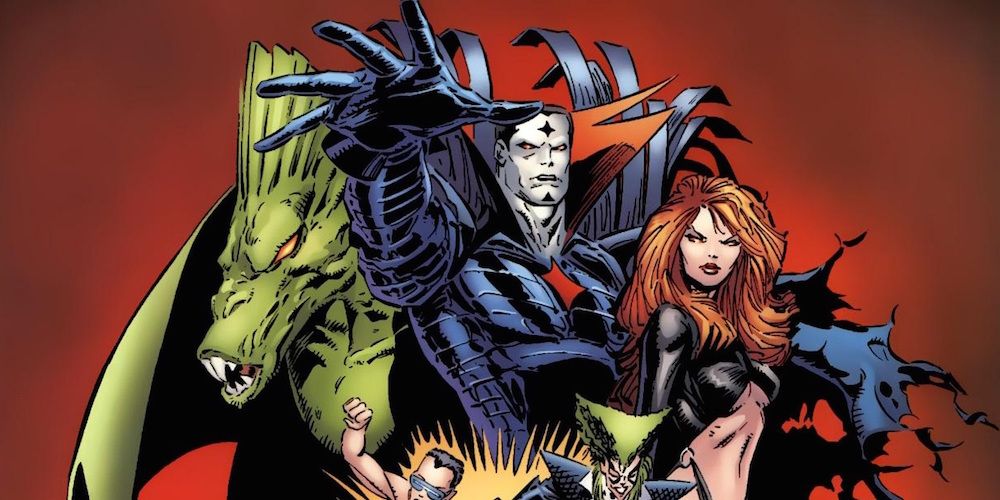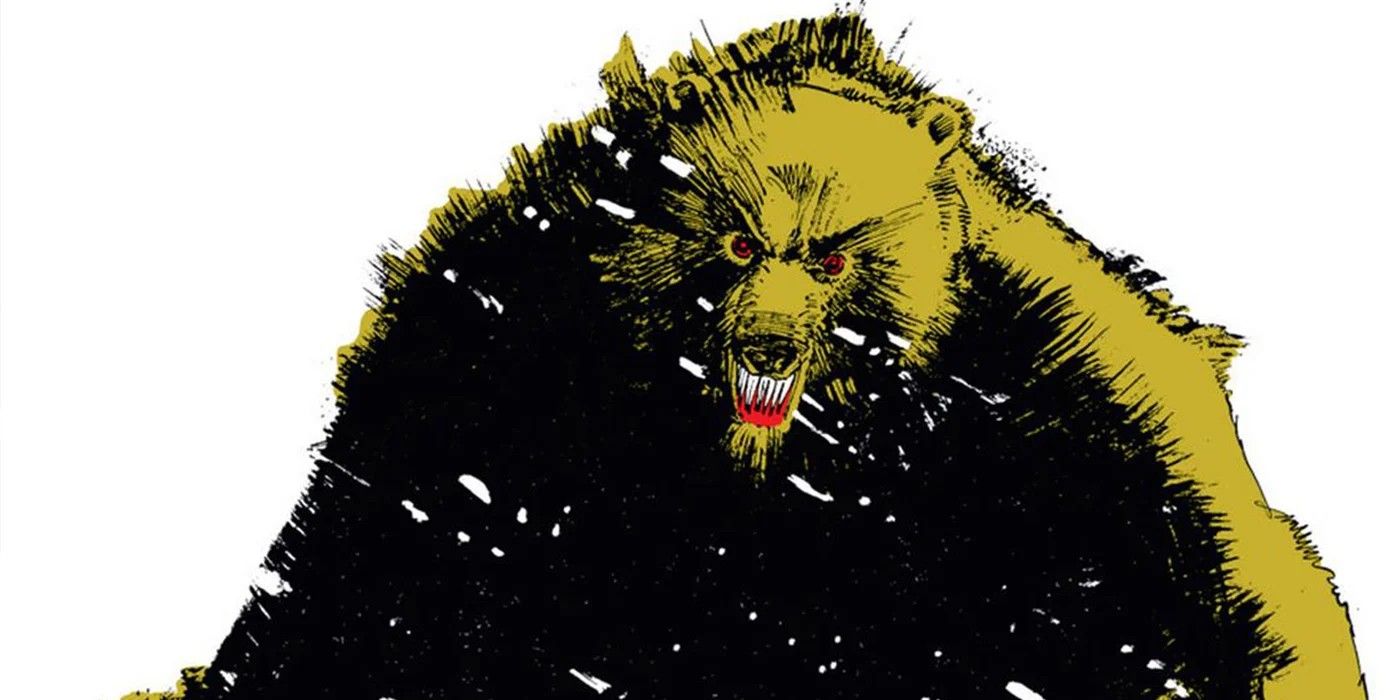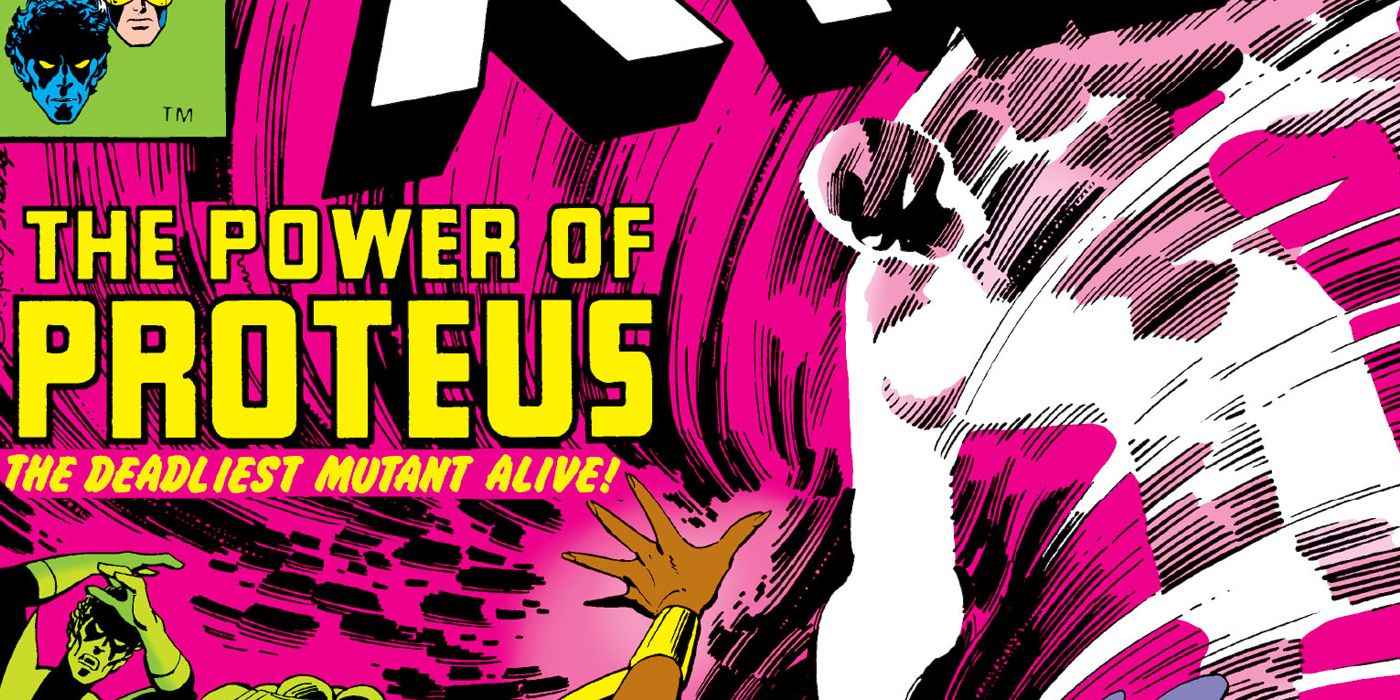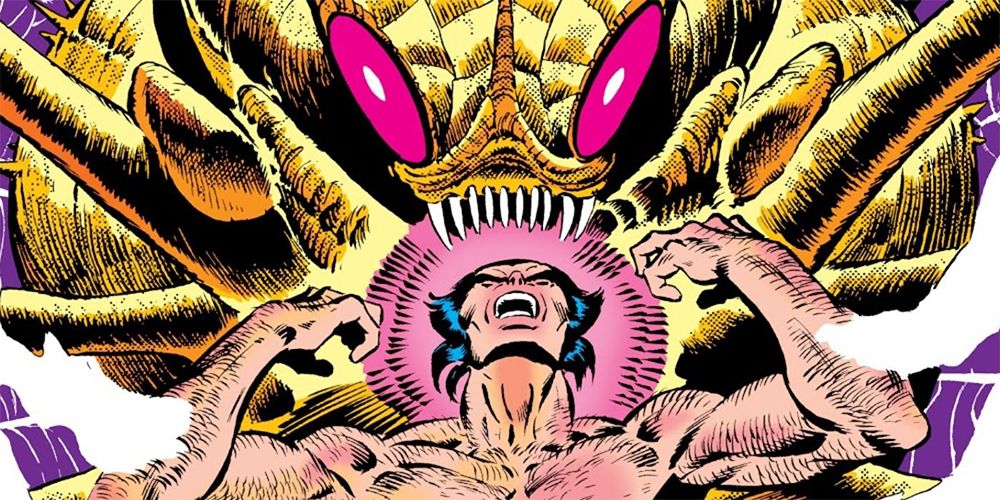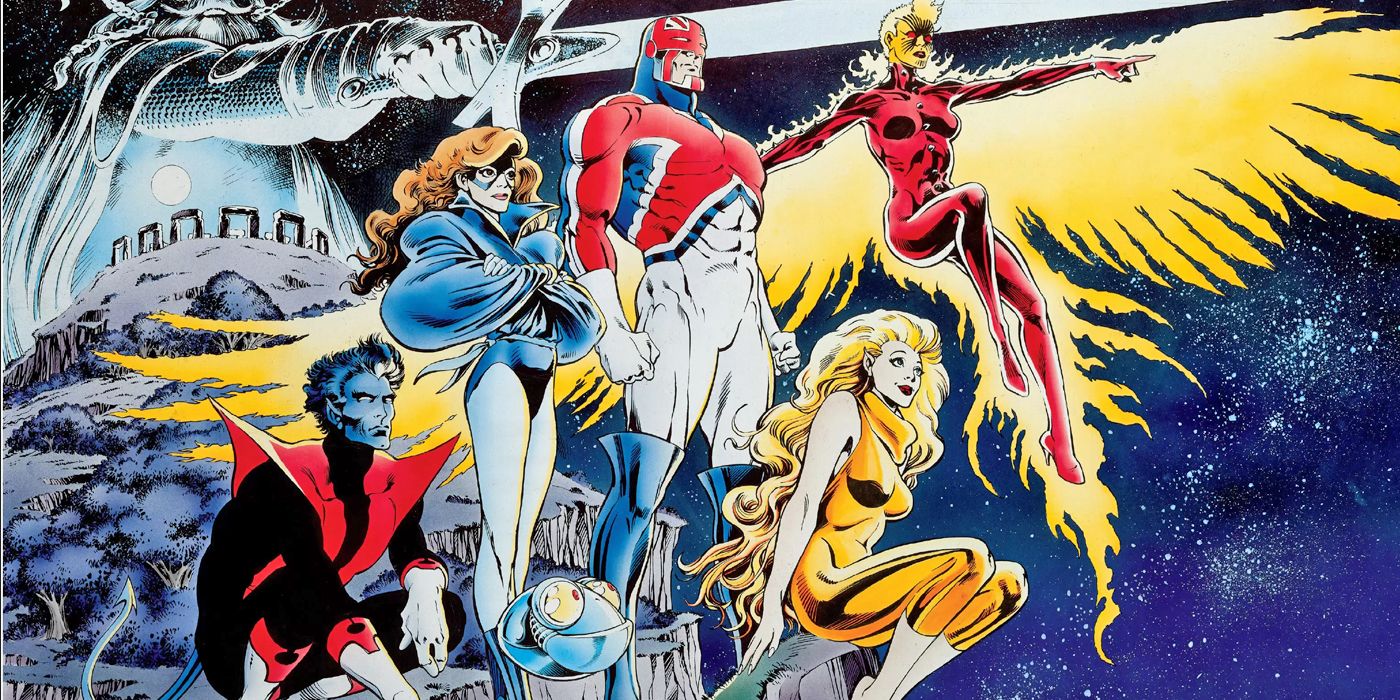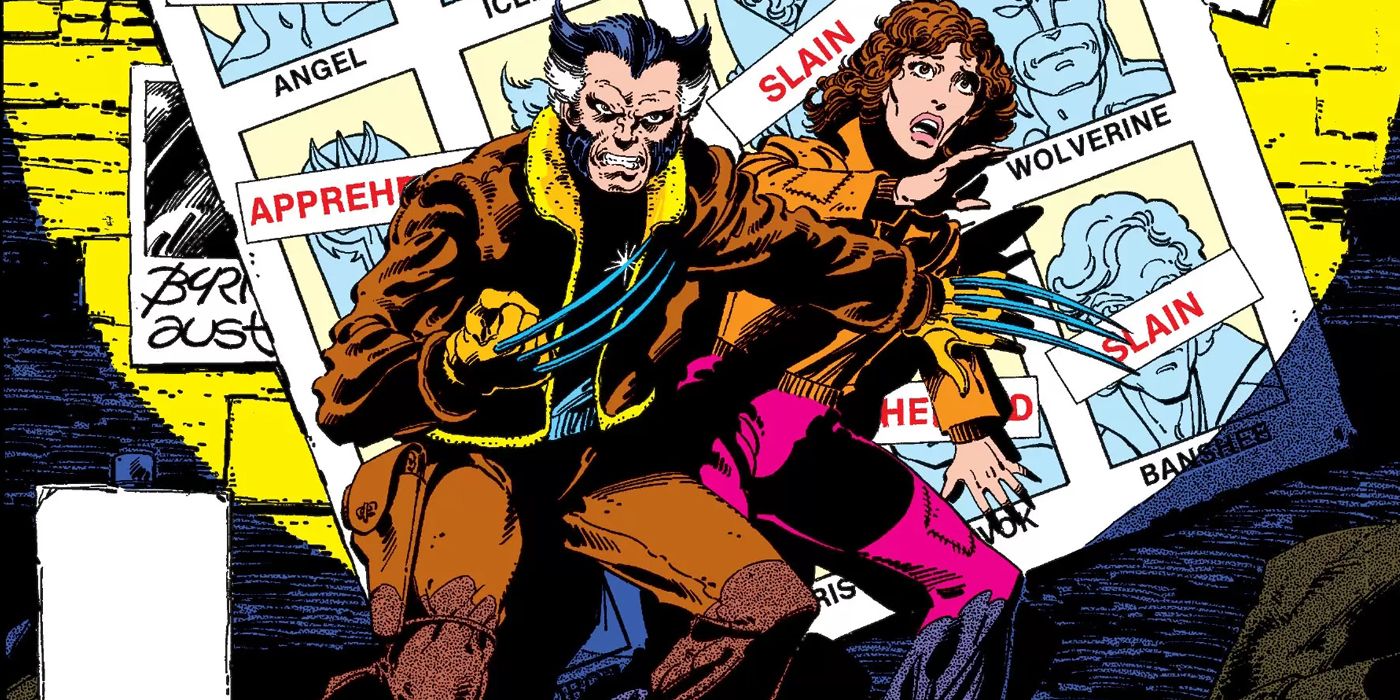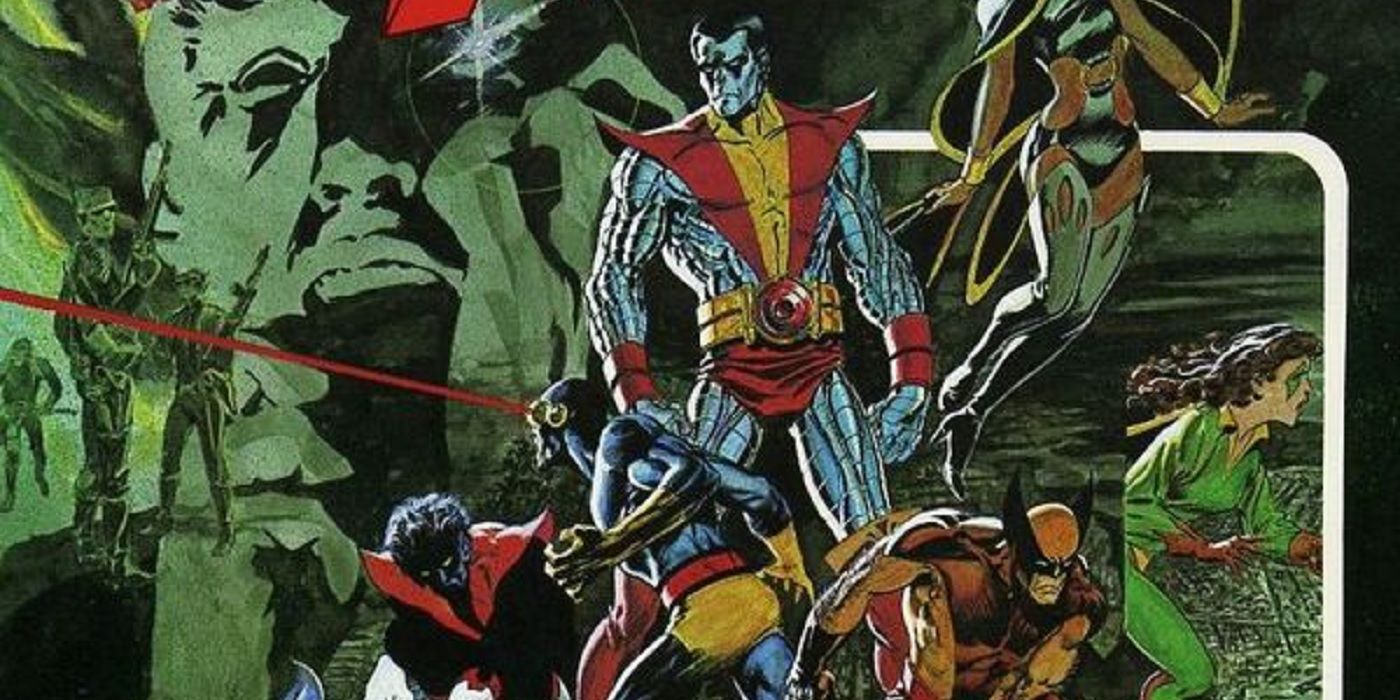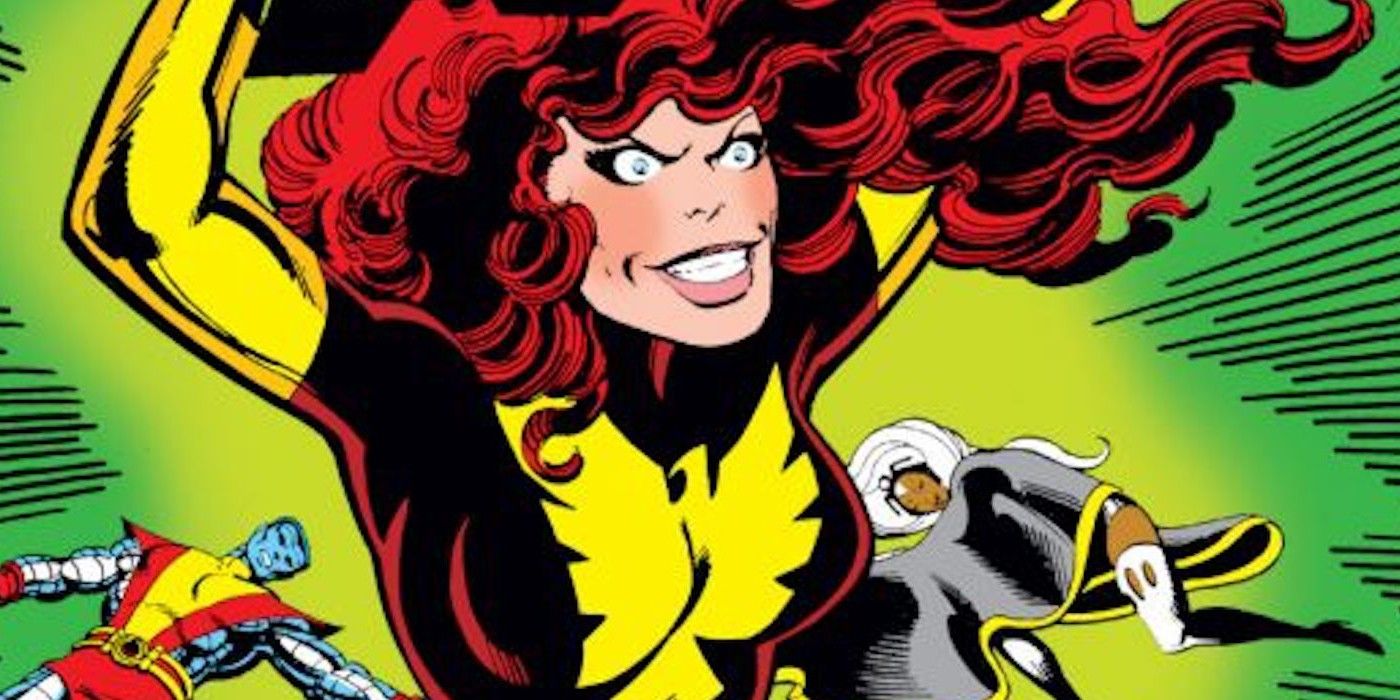Even though the X-Men were a creation of Stan Lee and Jack Kirby, everything that most people know about the team primarily stems from writer Chris Claremont. The Uncanny X-Men comic initially flopped, and it wasn't until the team was recontextualized by Len Wein and Dave Cockrum in 1975's Giant-Size X-Men #1 that the series truly flourished. From that issue, Chris Claremont would take over the main X-Men series and would stay with the team until the early 90s. Under his leadership, the X-Men became Marvel's flagship title. Several titles spun-off from the X-Men, becoming one of the biggest superhero media empires in the 80s and the 90s.
Claremont not only created the definitive X-Men stories, but some of his story arcs are also often labeled as some of the best in the superhero genre. The Dark Phoenix Saga is recognized as one of the most essential superhero comic books, and it was written by Claremont. Without him, characters like Wolverine, Storm, Nightcrawler, Colossus, Cyclops, Jean Grey, and many more wouldn't have become icons that they are now. His ten best works with the team are the pinnacle of X-Men stories.
10 Mutant Genesis
What X-Men #1-3 lacked in substance, it's cultural significance more than makes up for it. 1991's X-Men #1, written by Claremont and art by the legendary Jim Lee, is the best selling comic book of all time. The first issue sold over 8 million copies, an outstanding amount of comics that no other comic series has even come close to. For context, modern-day comics sell, at best, around a couple of dozen thousands, with the highest-selling comics generally only topping a hundred thousand issues.
The first three issues of X-Men is an arc called Mutant Genesis, and it focuses on Magneto and his Acolytes building a new Asteroid M in Earth's orbit. Using the new Asteroid as his new base of operation, he keeps an eye on Earth's activities from above.
9 Mutant Massacre
The Mutant Massacre is a crossover event from the 80s, and it was told through various X-Men titles. Weirdly enough, even Thor was brought in on the action. Claremont was one of the writers for the event.
The storyline centers on the supervillain group the Marauders mercilessly slaughtering the Morlocks. The Morlocks are mutants whose powers make it impossible for them to live with humans, so they live in the sewers. The event series is known for its extreme brutality, the standout being a prolonged fight scene between Wolverine and Sabertooth.
8 Inferno
Another 80s X-Men event comic, the premise of Inferno deals with demons running rampage in New York City. Multiple heroes get involved, with Jean Grey's insane clone Madelyne Pryor serving as the main villain of the event.
This crossover is filled with a lot of 80s strangeness, including very dark imagery and over-the-top artwork. It's still an enjoyable comic event series, giving readers a lot of fun action scenes with the X-Men and other Marvel heroes fighting against demons.
7 Demon Bear Saga
New Mutants was one of the first major X-Men spin-off titles, ushered in by the main series writer Chris Claremont. The series starred young mutants who weren't old enough to be a part of the main X-Men team and were still students at the Xavier Academy.
The series was always a dark title, but it wasn't until the Demon Bear Saga where the eeriness truly shines through. With abstract art by Bill Sienkiewicz and Claremont still at his peak, the Demon Bear Saga is a true horror story. It's a highlight in the early years of the New Mutants.
6 Proteus
When Chris Claremont took over the main X-Men series in 1975, he initially made the comic an action-adventure series that took the team all across the universe. He took the characters in many weird directions; one moment they are fighting against magical leprechauns, the next they are in space helping save an intergalactic empire.
Proteus, the last arc right before the infamous Dark Phoenix Saga, stars one of the most powerful enemies that the X-Men have ever faced. Proteus had the ability to manipulate reality around him, as well as possess anybody he can. Fortunately, he had a convenient weakness to steal, which allowed Colossus to finish him off. The Proteus arc features Claremont at his most 70s weirdness.
5 The Brood Saga & Broodfall
If the 70s were the X-Men's at their weirdest then the 80s were when they were at their darkest. Not only were stories like the Mutant Massacre, Inferno, and the Demon Bear Saga saw publication in the 80s, it was also the decade that introduced the Brood.
The Brood is a parasitic alien race, who take over other beings' bodies and literally transform them into their species. They are one of the most horrifying aliens in the Marvel Universe. They were created by Claremont and were featured heavily in two different Brood stories in the 80s - the Brood Saga and Broodfall. Both are classic X-Men storylines.
4 Excalibur
Chris Claremont returns to the weird with Excalibur, a series that short-of acts as the ultimate crossover between American and British comics. Starring the Marvel UK created character Captain Britain, Excalibur is a team of mutant superheroes who protect the Earth from alternate dimensions.
Claremont, who was born British, conceived the team with artist Alan Davis. Claremont would leave with issue #34, while Davis briefly took a hiatus on the title before returning with issue #42. Davis would then end several major plotlines that Claremont initially left hanging. Excalibur is a fun series, returning Claremont to his more adventuring roots.
3 Days Of Future Past
After artist Dave Cockrum left the main X-Men series, Claremont ended up partnering up with artist John Byrne. Together, the two men ended up more or less co-plotting the X-Men, creating what is often regarded one of the greatest comic book runs ever.
Days of Future Past was the last major storyline that Claremont and Byrne created on the X-Men. It's the first X-Men storyline featuring time travel, a concept that the team would become far too familiar with in the decades since. In Days, the X-Men have to prevent the assassination of a politician, which would lead to a domino effect where mutants are hunted down and killed in the future.
2 God Loves, Man Kills
What makes the X-Men enduring is the metaphor they bring. They are a group of people hunted and feared by the rest of the population because of what they are born with. They often work as an allegory for other unrepresented minorities.
Though Claremont's best X-Men stories are often the most bombastic ones, in God Loves, Man Kills he goes with a more down to Earth conflict. The mutant metaphor is on full display in this original graphic novel, in which an extremist preacher attempts to slaughter all mutants. It's a story full of poignant moments, and truly drives the point home of what makes the X-Men work.
1 Dark Phoenix Saga
The obvious choice is the obvious answer - The Dark Phoenix Saga is the crowning achievement in Chris Claremont's and John Bryne's run with the X-Men. The story not only features the fall of Jean Grey as the omnipotent Phoenix, but it also serves as the first appearance for major characters like Kitty Pryde, Emma Frost, and the Hellfire Club. Though most iconic X-Men stories feature the X-Men prevailing, the Dark Phoenix Saga is great because it's secretly a tragedy pretending to be an action-adventure story.
The saga is often referenced in other media and is constantly considered to be one of the major classics within the superhero genre. It is everything that makes Claremont run on the franchise one of the essentials in the comic book media.

